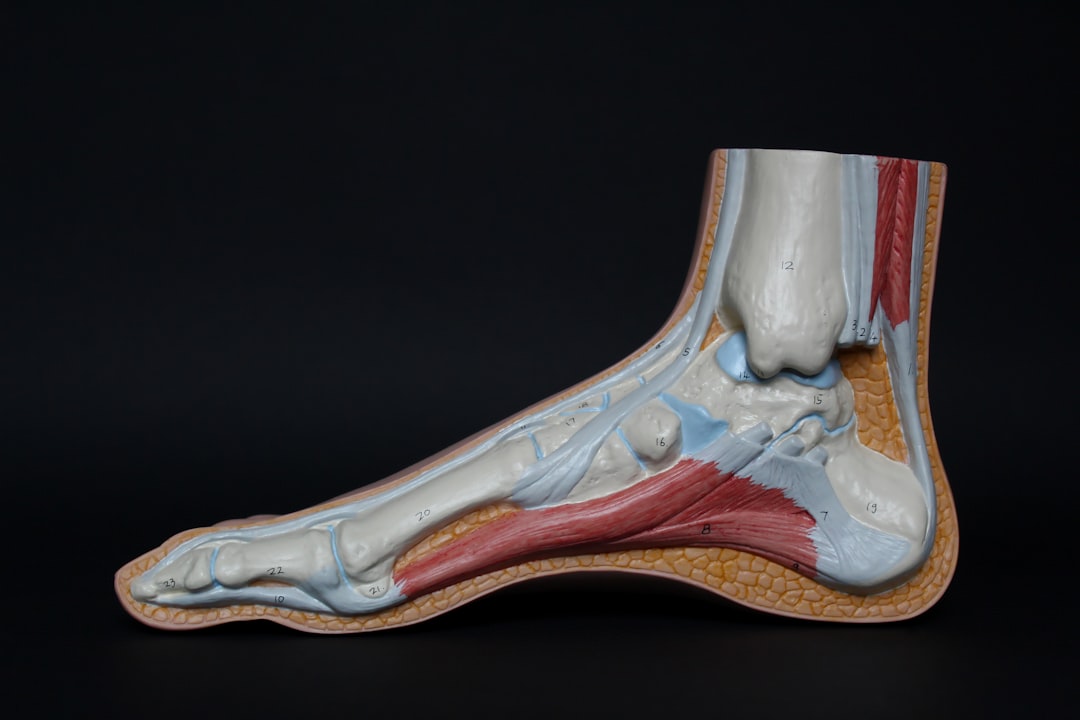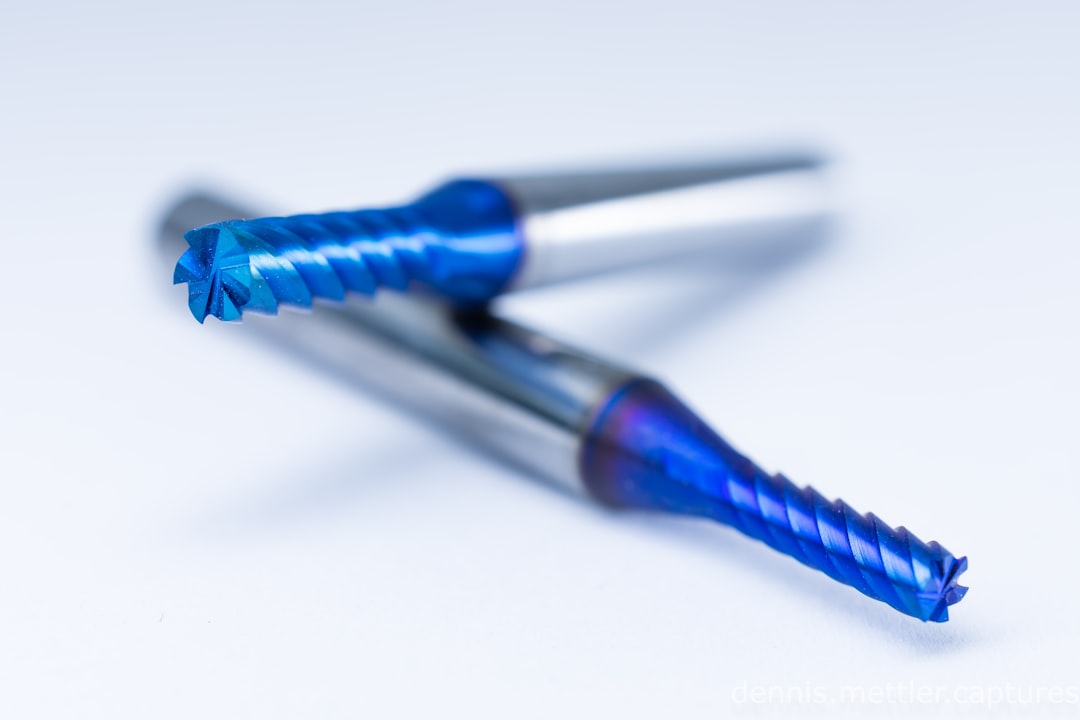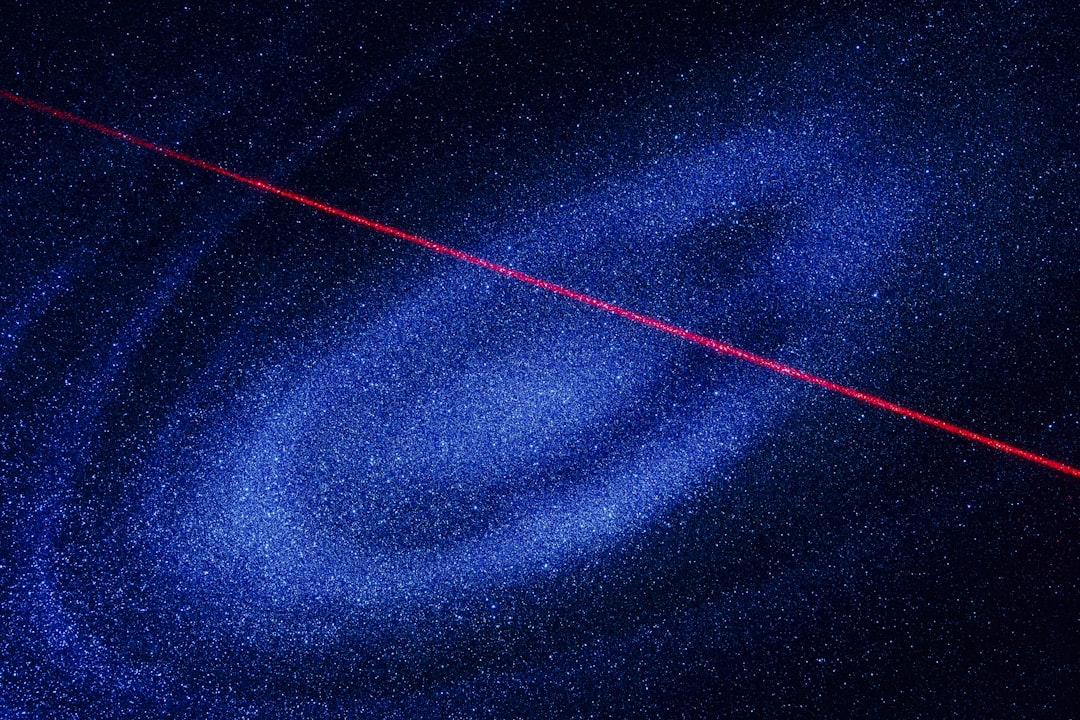What is it about?
The present work studied various models for predicting turbulence in the problem of injecting a fluid microjet into the boundary layer of a turbulent flow. For this purpose, the one-equation Spalart–Allmaras (SA), two-equation K-epsilon and k–omega, multi-equation transition k-kl–Omega, transition shear stress transport (SST), and Reynolds stress models were used for solving the steady microjet into the turbulent boundary layer, and their results are compared with experimental results. Comparing the results indicated that the steady solution methods performed sufficiently we for this problem. Furthermore, it was found that the four-equation transition SST model was the most accurate method for predicting turbulence in this problem. This model predicted the velocity along the x-axis in near- and far-jet locations with about 1% and 5% average errors, respectively. It also outperformed the other methods in predicting Reynolds stresses, especially at the center (nearly 5% error). Moreover, the modified four-equation transition SST model has improved the system’s performance in predicting the studied parameters by utilizing Sorensen correlations in predicting the transition momentum thickness Reynolds number, an empirical correlation that controls the length of the transition region and the critical Reynolds number where the intermittency first starts to increase in the boundary layer.
Featured Image

Photo by Susan Wilkinson on Unsplash
Why is it important?
We analyzed various turbulence models for predicting the behavior of a fluid jet injected into a turbulent boundary layer over a flat surface. This analysis helps the other researcher to select the suitable turbulent models based in the research purposes and it optimum computation costs and proper accuracy of the result.
Perspectives
Since 7 years ago our research team have focused on the different methods of separation control method. in this interesting scientific journey we different challenges and one of them is concern about this research. the research was a wonderful team work of numerical and experimental section and i hope it could a small step in improvement in this field,
Mohammad Javad Pour Razzaghi
Nanjing University of Aeronautics and Astronautics
Read the Original
This page is a summary of: Comparison and modification of turbulence models for active flow separation control over a flat surface, Physics of Fluids, June 2023, American Institute of Physics,
DOI: 10.1063/5.0151815.
You can read the full text:
Resources
Contributors
The following have contributed to this page










